As it sits right now, you can go to a dealership, drop about fifty grand and walk out with a set of wheels that will accelerate, corner, and stop with great comfort. All you have to do is pick your poison, and you aren’t even limited to the Big Three anymore. It’s not a bad time to be living in, and the new cars do have a lot going for them. But maybe you like a bit of the older feel in your car…that’s fine, too. You could spend the cash and restify old iron to make it run just as hard, but once you make that kind of investment, do you really want to risk wrecking it?
It took some eBay surfing to find medium ground, but in short order, I found something that stood out. The pictured car is a 1987 Corvette. Nothing too special, it’s clean for a C4, and everything looks to be in one piece. But take note of the twin NACA ducts on the hood. If you see those, don’t walk away just yet. If you’re lucky, you’ve found an RPO B2K Corvette…a legitimate Callaway Twin-Turbo. The auction will have ended by the time you read this, but at writing time, with a few hours left on the auction, this particular black beast was sitting at $13,100 and for the car, this is cheap money.
Why? Look at the numbers: 0-60 passed in 4.7 seconds. The car would trap 13.2@108 in the quarter and would run all the way up to 178 mph with the 4+3 transmission. Stunning performance in 1987, nothing to sneeze at now. All of it is owed to the RPO B2K package, the first time GM gave an RPO number to an outside tuner. The Callaway cars started life as an ordinary Corvette, engine and all, and were shipped up to Lime Rock, Connecticut for the Callaway modifications. After initial testing had proven that the L98 350 wasn’t holding up to twin-turbocharging, Callaway moved to 4-bolt main truck blocks and used twin IHI turbochargers for the boost, running them through two air-to-air intercoolers before force-feeding the engine.
Inside you have all of the typical comforts of a C4 Corvette, including the oh-so-1980s digital dash, plastic for miles and Recaro seats that required an engineering degree to operate. But it’s familiar and it’s useful…and the one analog gauge present, the boost gauge, reminds you that this is better than it should be.
The 1987 cars ran 345hp and 465 ft/lbs of torque, numbers that would flat embarrass the standard C4 Corvette. The success of Callaway’s program emboldened both GM and Callaway, and in 1988 the absolutely infamous “Sledgehammer” Corvette was created as the end-all-be-all top speed car, which at 254.76 mph was a record holder for twenty-five years. But unlike the ’88 and newer Callaways, the 1987 cars can hide with their factory bodies. This one sports the standard C4 wheels, which would have to go, preferably for either the Dymag wheels Callaways came with or the five-spoke ZR1 wheels on later C4s. The NACA duct hood is being reproduced, there are no giveaway badges and nobody in their right mind would give this car a second thought just by looking at the outside of it. Perfect.















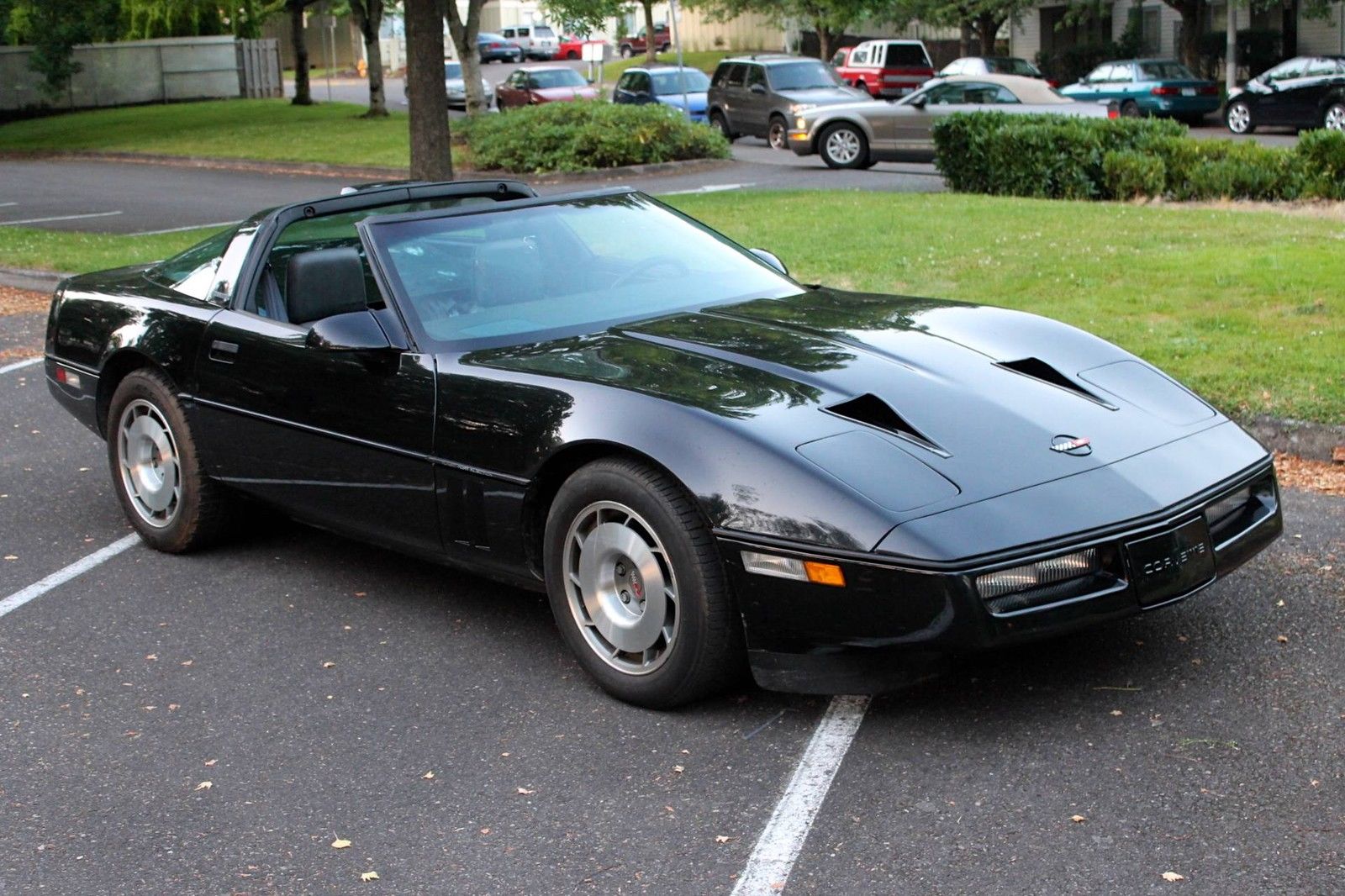
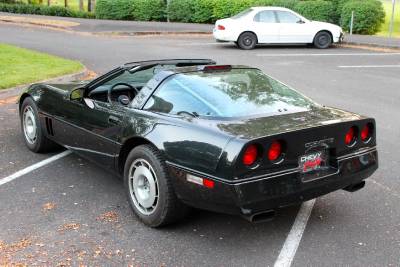
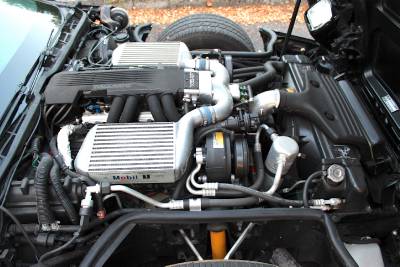
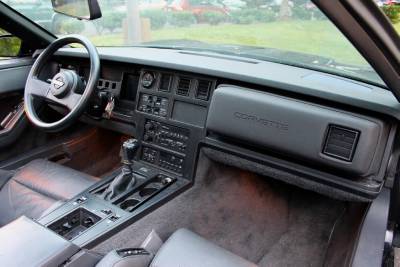
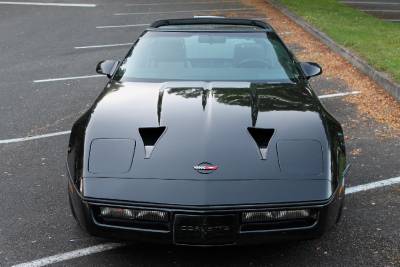





People think factory ‘tuner’ cars are all the rage now, but they have been around for a quite a while. You just need to dig a little to find them. Good deal.
Man, imagine what some modern parts and tuning could do to this….Tasty.
I’ve had a 1985 Z-51 Corvette since new. In stock form, they run good, ride rough and handle incredibly well, even by today’s standards. Sure wish I had that twin turbo under the hood though!
I was just looking up video of the Callaway Sledgehammer yesterday.
I wonder what it ended up going for? I remember these being fantasy cars back in the late 80’s
Unsold @ $19100.
I worked for Callaway from the inception of the Corvette program until mid 1989 when I left to work for Lingenfelter. Reeves Callaway was the greatest guy to work for, I had a lot of fun building those cars, Reeves taught me a lot.